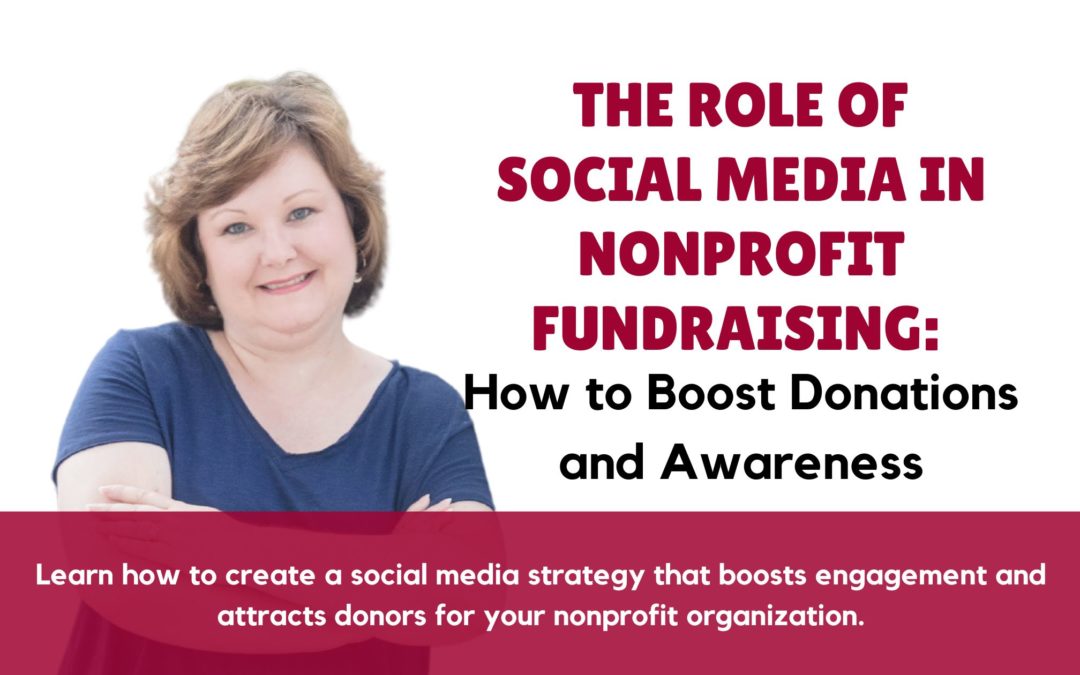Social media is a powerful tool for nonprofit organizations to reach their target audience, attract donors, and build an online community. However, simply having a presence on social media is not enough to achieve success. Nonprofits must develop a well-planned social media strategy to effectively engage with their audience and meet their goals. In this blog post, we’ll outline the steps to create a social media strategy that reaches the right donors and boosts engagement.
Defining the Target Audience
The first step to creating a successful social media strategy is identifying the target donors for your nonprofit. Consider the demographics, behaviors, and interests of your ideal donor. This will help you understand which social media channels they use and how to reach them effectively.
- Identify the target donors for your nonprofit: This includes demographics such as age, gender, location, and interests.
- Understand their behaviors and interests: Consider what motivates your target audience to donate, what causes they care about, and what kind of content they engage with on social media.
- Find out which social media channels they use: Research which social media platforms your target audience is most active on.
Creating a Social Media Strategy
Once you have a clear understanding of your target audience, it’s time to create a social media strategy. This includes setting up social media goals.
- Determine what you want to achieve through social media, such as increasing brand awareness, driving website traffic, or attracting donors.
- Choosing the right social media platforms: Select the social media platforms that align with your target audience and goals.
- Developing a content plan: Create a plan for the type of content you will post, including a mix of informational, inspirational, and promotional content.
- Creating a social media calendar: Use a calendar to plan and schedule social media posts in advance, ensuring consistency and timely posting.
Increasing Engagement
Once you have a solid social media strategy in place, the next step is to increase engagement with your audience. This means building an online community, encouraging engagement through storytelling, using visuals to increase engagement, and leveraging user-generated content.
- Building an online community: Engage with your followers, respond to comments, and encourage conversations to build a sense of community.
- Encouraging engagement through storytelling: Use storytelling to connect with your audience and create emotional engagement.
- Using visuals to increase engagement: Visual content, such as photos and videos, are more likely to be shared and engaged with than text-only posts.
- Leveraging user-generated content: Encourage followers to share their experiences with your organization and share their content on your social media channels.
Reaching the Right Donors
To effectively reach the right donors through social media, nonprofits can utilize social media advertising, engage with influencers, and build partnerships with other organizations.
- Utilizing social media advertising: Targeted advertising on social media platforms can be an effective way to reach your target audience and attract donors.
- Engaging with influencers: Collaborate with influencers who align with your organization’s mission and values to reach a wider audience.
- Building partnerships with other organizations: Partner with other nonprofits or organizations that share your mission to cross-promote and reach a wider audience.
Tracking and Measuring Success
To determine the effectiveness of your social media strategy, it’s important to track and measure key performance indicators (KPIs). This includes metrics such as engagement rate, follower growth, and website traffic.
- Measuring key performance indicators: Determine which metrics are most important for your organization and track them regularly.
- Using data to make informed decisions: Analyze the data and adjust your social media strategy as necessary based on what is working and what is not.
- Adjusting the social media strategy as necessary: Continuously refine your strategy based on data and feedback.
Conclusion
A well-planned social media strategy is essential for nonprofit organizations to reach the right donors and boost engagement. By defining your target audience, creating a social media plan, increasing engagement, and measuring success, nonprofits can effectively utilize social media to achieve their goals. Start implementing these steps today to see the benefits of a successful nonprofit social media strategy.
